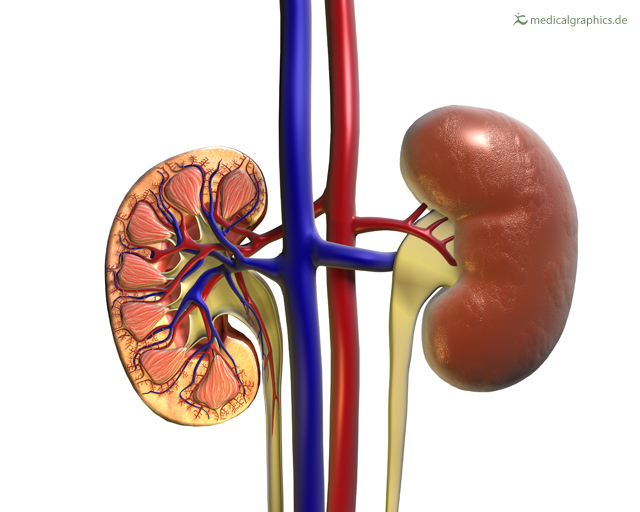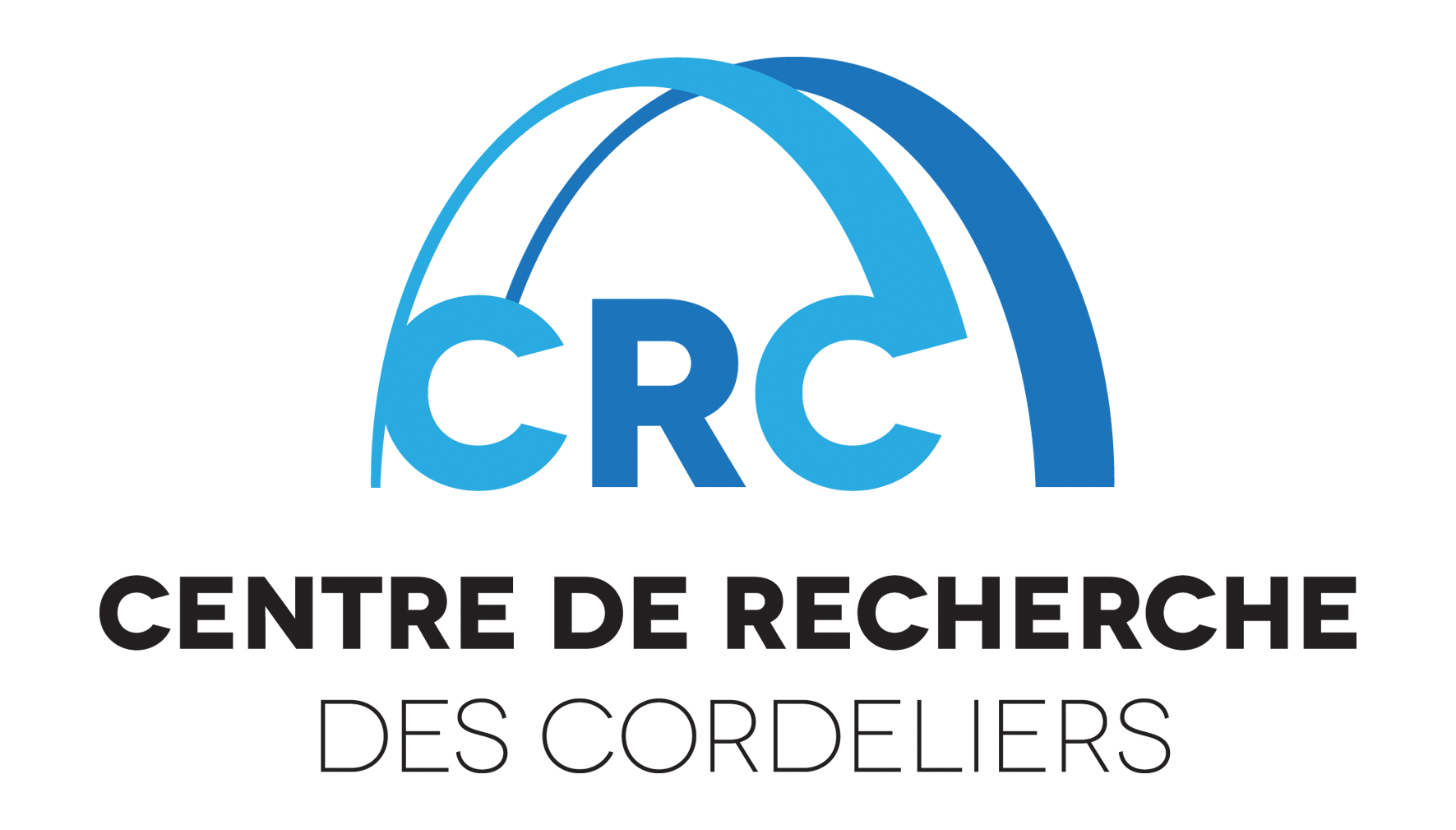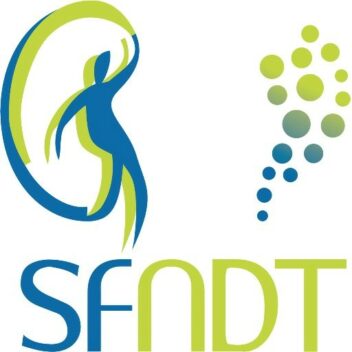Renal physiology and tubulopathies

Director :
Gilles Crambert

Deputy Director :
Lydie Cheval

We investigate the mechanisms by which the kidney regulates ionic transport and the mechanisms of related disorders (tubulopathies). We perform segmental analysis of mRNA/protein expression, measurements of ion fluxes, transepithelial currents or intracellular Ca2+/pH modifications in isolated microdissected tubules, a technology for which we have a very unique expertise. We also investigate metabolic and physiologic parameters in rodents.
For more information, visit our Facebook page and follow us on X
Scientific Themes
Salt homeostasis and its disorders
We are elucidating some aspects of the regulation of Na+ or Cl- transporters and their effects on overall NaCl homeostasis during normal state or pathologies (Bartter and Gitelman syndromes)
Potassium homeostasis and its disorders
We are elucidating some aspects of the regulation of K+ homeostasis during normal state or pathologies (chronic kidney disease, COVID19)
Divalent cation homeostasis and its disorders
We are investigating various aspects of the regulation of Ca2+ and Mg2+ homeostasis during normal and pathological states (Dent disease, hypercalciuria, hypercalcemia, nephrocalcinosis or lithiasis)
Genetic and translational research on tubulopathies
Phenotyping of inherited tubulopathies - phenotype/genotype relationships - clinical and therapeutic trials
Kidney function investigation facility
Our team has developed a unique platform for the analysis of renal tubular functions and ion transport systems in rodents, which is used in most of our studies and is accessible to external investigator.
Main publications
Acidosis-induced activation of distal nephron principal cells triggers Gdf15 secretion and adaptive proliferation of intercalated cells. Cheval L, Viollet B, Klein C, Rafael C, Figueres L, Devevre E, Zadigue G, Azroyan A, Crambert G, Vogt B, Doucet A.Acta Physiol (Oxf). 2021 Jul;232(3):e13661. link
Defective bicarbonate reabsorption in Kir4.2 potassium channel deficient mice impairs acid-base balance and ammonia excretion. Bignon Y, Pinelli L, Frachon N, Lahuna O, Figueres L, Houillier P, Lourdel S, Teulon J, Paulais M. Kidney Int. 2020 Feb;97(2):304-315 link
Defective bicarbonate reabsorption in Kir4.2 potassium channel deficient mice impairs acid-base balance and ammonia excretion. Bignon Y, Pinelli L, Frachon N, Lahuna O, Figueres L, Houillier P, Lourdel S, Teulon J, Paulais M. Kid Int (2020), 97, 304-315. IF 8.3 link
Adrenal adaptation in potassium-depeletd men : role of progesterone ? Blanchard A, Brailly Tabard S, Lamaziere A, Bergerot D, Zhygalina V, Lorthioir A, Jacques A, Hourton D, Azizi M, Crambert G. Nephrol Dial Transplant, 2019, gfz135 (ahead of print). IF 4.1 link
Increased expression of ATP12A proton pump in cystic fibrosis airways. P. Scudieri, I. Mussante, E. Caci, A. Venturini, P. Morelli, C.Walter, D. Tosi, A. Palleschi, P. Martin-Vassalo, I. Sermet-Gaudelus, G. Planelles, G. Crambert And L. Galietta. JCI insight (2018), 3, pii 123616. IF 6.0 link
Clinical and Genetic Spectrum of Type 3 Bartter Syndrome. Seys E, Andrini O, Keck M, Mansour-Hendili L, Courand PY, Simian C, Deschenes G, Kwon T, Bertholet A, Bobrie G, Borde JS, Bourdat-Michel G, Brochard K, Cailliez M, Charbit M, Cozette P, Davourie A, Dubourge L, Fila M, Jourde-Chiche N, Lavocat MP, Lemoine S, Lichtenberg L, LLanas B, Louillet F, Merieau E, Mileva M, Mota-Vieiria L, Mousson C, Nobili F, Novo R, Roussey-Kesler G, Vrillon I, Walsh S, Teulon J, Blanchard A, Vargas-Poussou R. J Am Soc Nephrol, 2017 ; 28 :2540-2552 : IF 8.5 link
Polyhydramnios Transient Antenatal Bartter’s Syndrome, and MAGED2 Mutations. Laghmani K, Beck BB, Yang S-S, Seaayfan E, Wenzel A, Reusch B, Vitzthum H, Priem D, Demaretz S, Bergmann K, Duin LK, Gobel H, Mache C, Thiele H, Bartram MP, Dombret C, Altmuller J, Nurnberg P, Benzing T, Levtchenko E, Seyberth HW, Klaus G, Yigit G, Lin S-H, Timmer A, de Koning TJ, Scherjon SA, Schlingmann KP, Bertrand MJM, Rinschen MM, de Backer O, Konrad M, and Komhoff M. The New England Journal of Medicine 2016; 374: 1853-1863. IF 59.6 link
All publications





